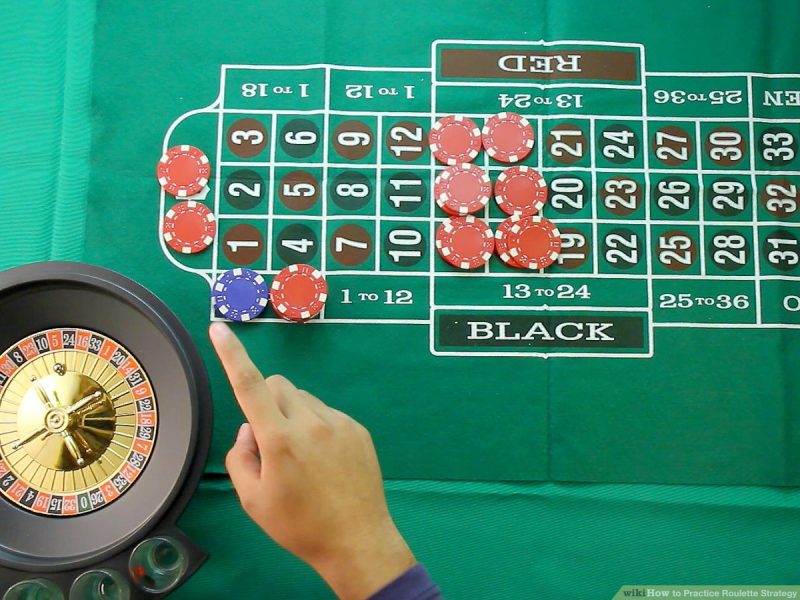The Appeal of Roulette: A Game of Chance and Strategy

Roulette, the quintessential casino game, has enchanted gamblers for centuries. With its captivating spinning wheel and mesmerizing little ball bouncing unpredictably until it lands on a color and number, it’s a game of chance with an allure hard to resist. Yet, beneath this apparent simplicity lies a sophisticated dynamic, where well-thought-out strategies can drastically change the odds and potentially lead to significant winnings.
While it’s true that the primary mechanic of Roulette is inherently dependent on chance, the way players place their bets can influence the outcome significantly. This article will delve into some of the most effective strategies used by successful Roulette players and provide insights on how to apply them to your own gameplay.
Understanding the Basics of Roulette
Before diving into the complexities of various strategies, it’s essential to grasp the basics of Roulette. The game consists of a spinning wheel, a ball, and a table featuring numbers and additional betting options. Players can place their bets on the number or color where they predict the ball will land.
There are two primary types of Roulette wheels: American and European. The American wheel features a double zero slot, adding an extra element of risk. Understanding the slight differences between these wheels can impact your strategy and decision-making process.
Key Roulette Strategies to Improve Your Game
The first strategy often used by players is the Martingale Strategy. This approach involves doubling your bet after each loss, meaning that a win would recover all previous losses and yield a profit equal to the original stake. Although a simple and popular strategy, it requires a substantial bankroll to implement effectively.
Another popular technique is the Reverse Martingale Strategy, where players double their bets after wins instead of losses. This strategy capitalizes on winning streaks and minimizes losses but can deplete your winnings quickly in the event of a loss.

Advanced Strategies for Experienced Players
For players comfortable with more complex strategies, the Fibonacci System might be of interest. This strategy, based on the famous Fibonacci sequence, requires increasing your bet by following the sequence after each loss and returning two steps back in the sequence after a win. It’s an intricate strategy that can effectively minimize losses.
Lastly, there’s the D’Alembert Strategy, a safer alternative where players increase their bet by one after a loss and decrease it by one after a win. This method is less risky but also provides slower profit accumulation.
Implementing Strategy: A Balanced Approach
In conclusion, Roulette is more than a game of pure chance. With a well-implemented strategy, you can potentially tip the scales in your favor and increase your odds of success. However, it’s vital to remember that no strategy guarantees consistent wins. Roulette, like all casino games, should be enjoyed responsibly.
It’s also crucial to consider your financial limits and not to chase losses. Remember, the goal is to have fun. With these strategies under your belt, you’re well-equipped to approach the Roulette wheel with confidence and excitement.
